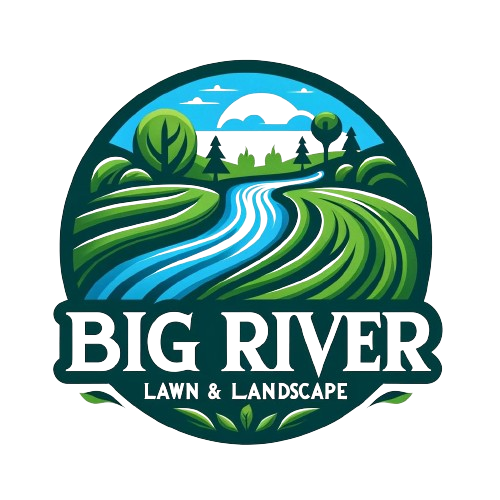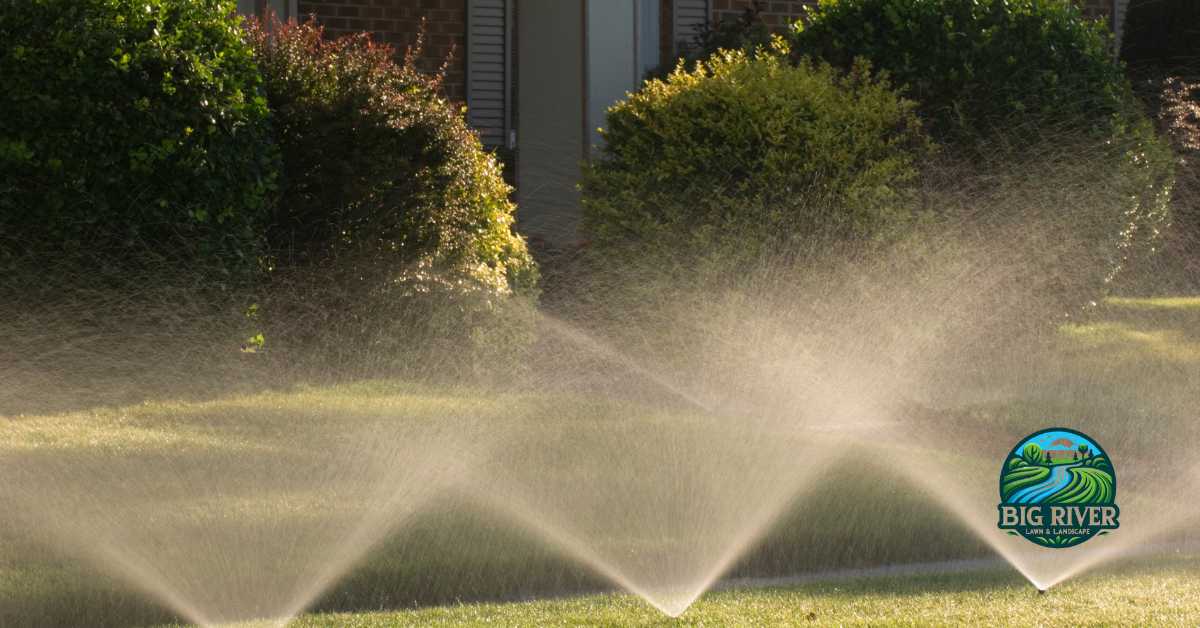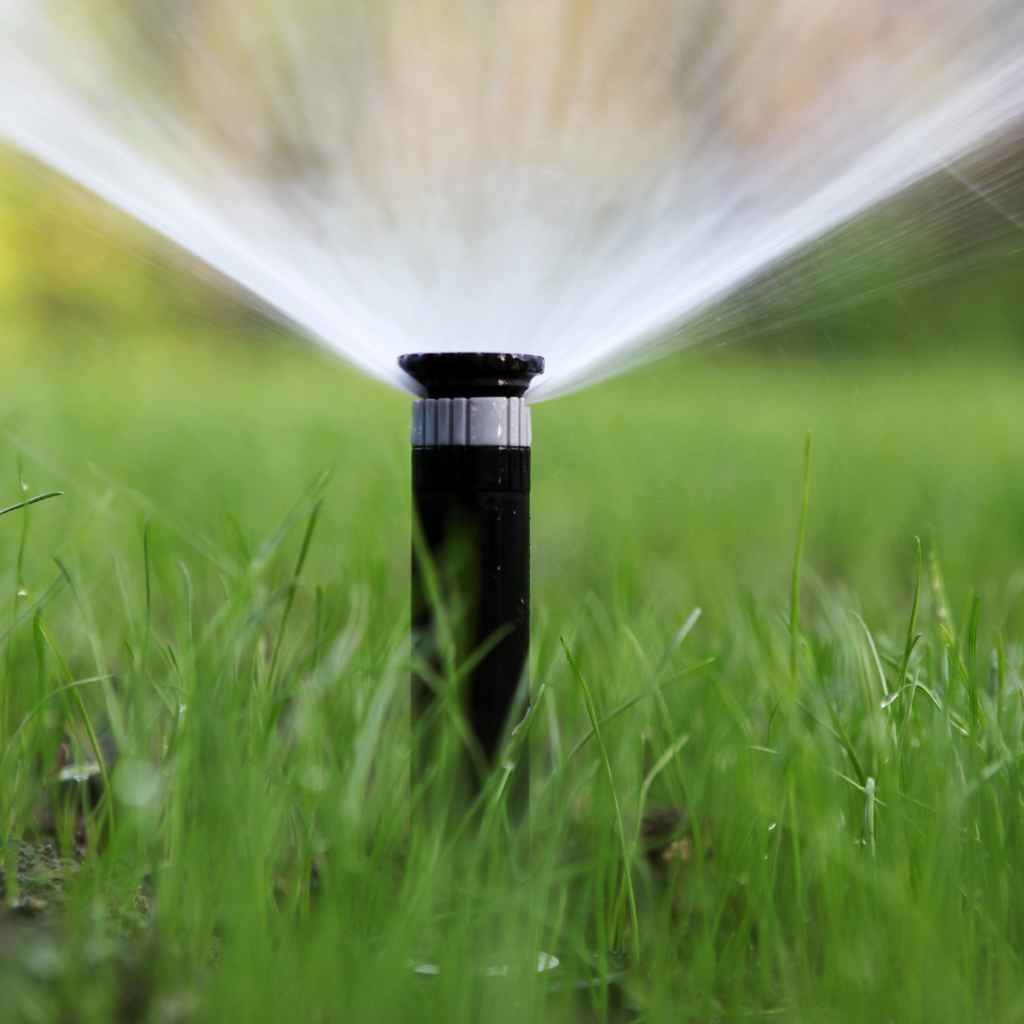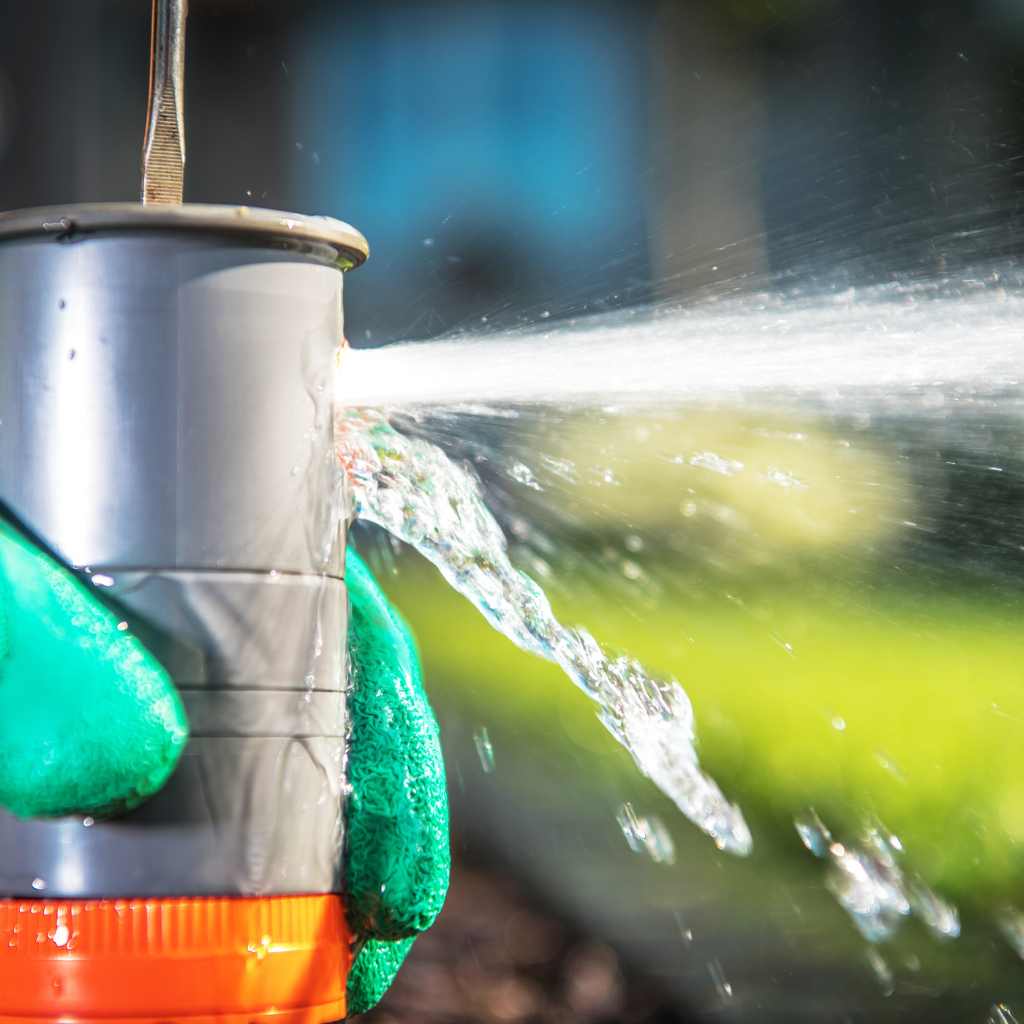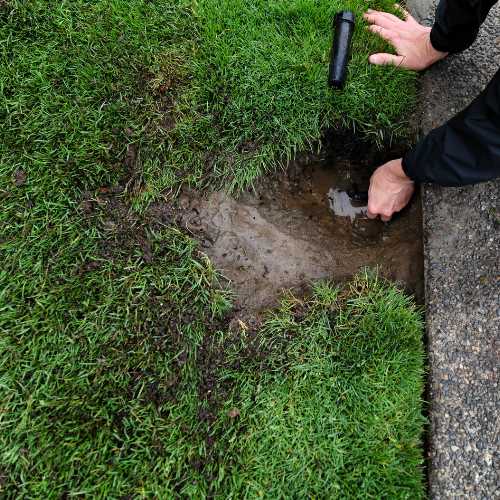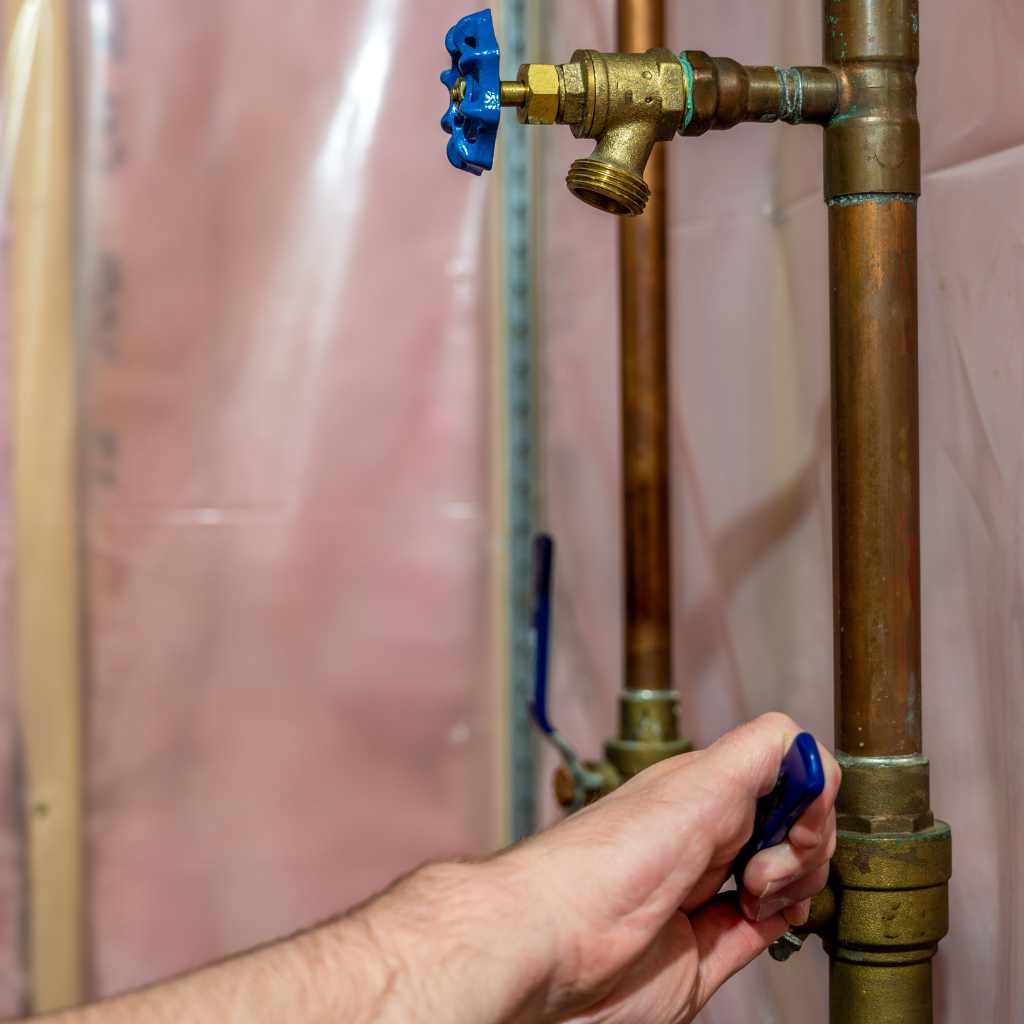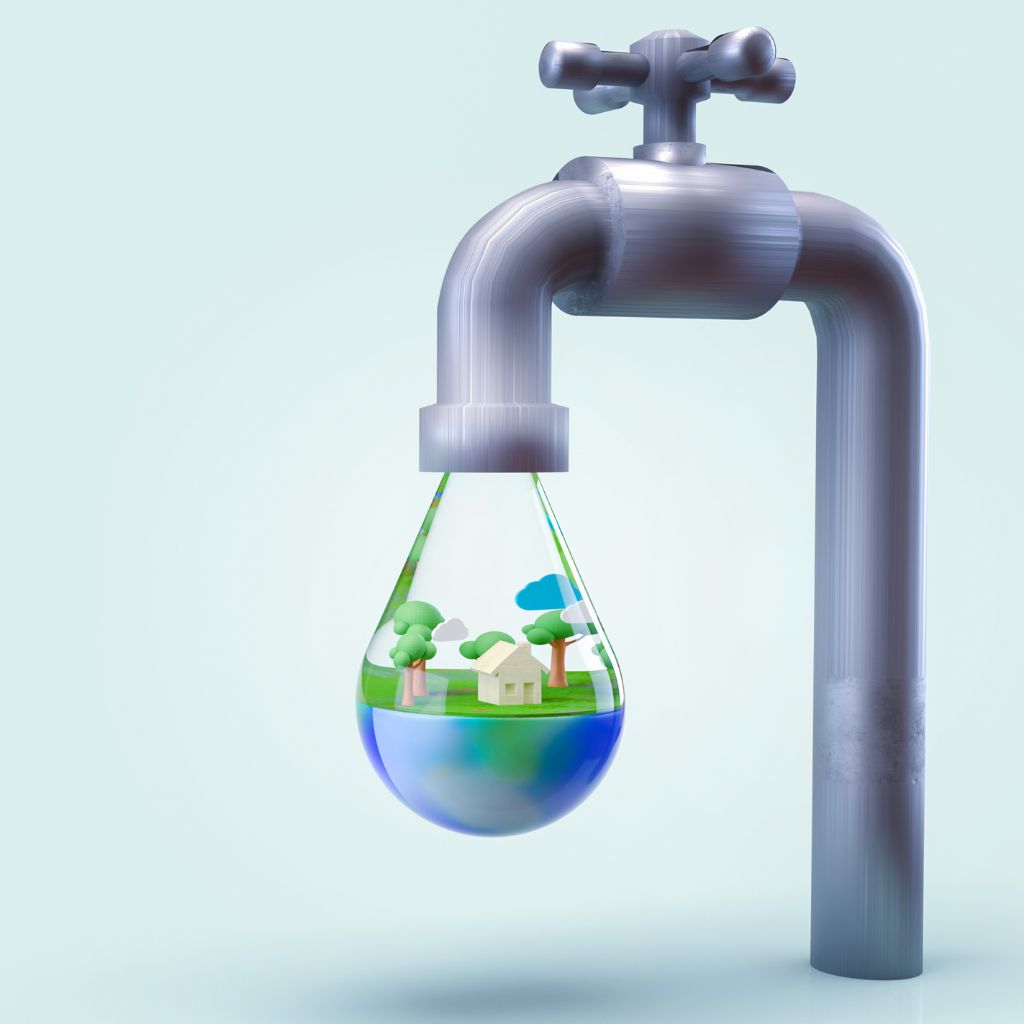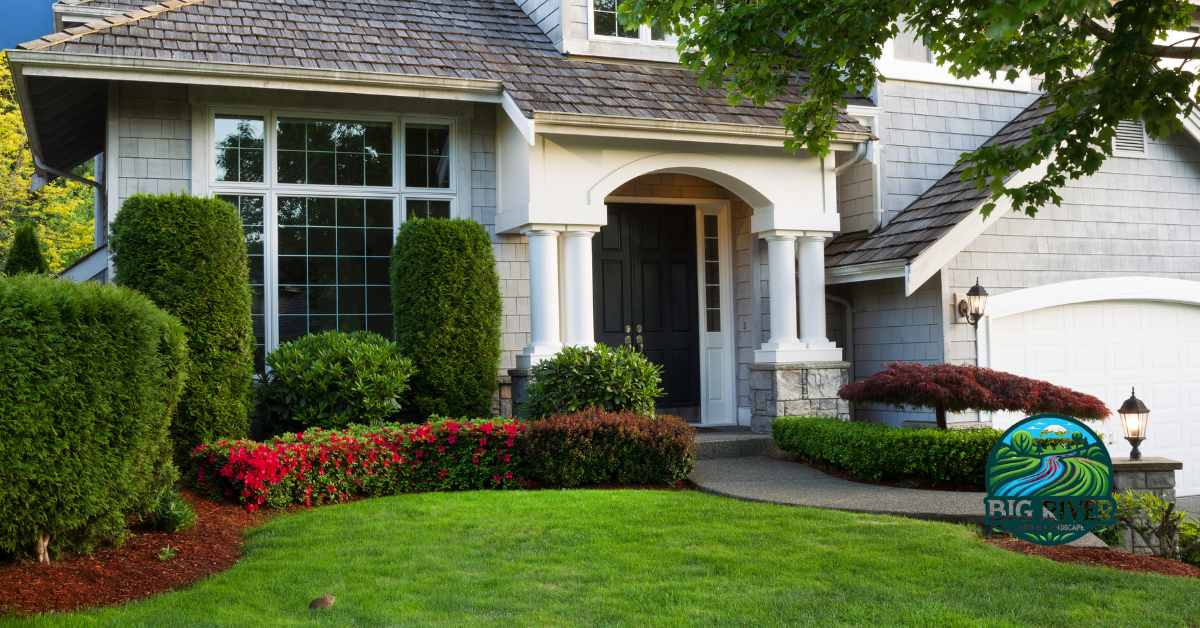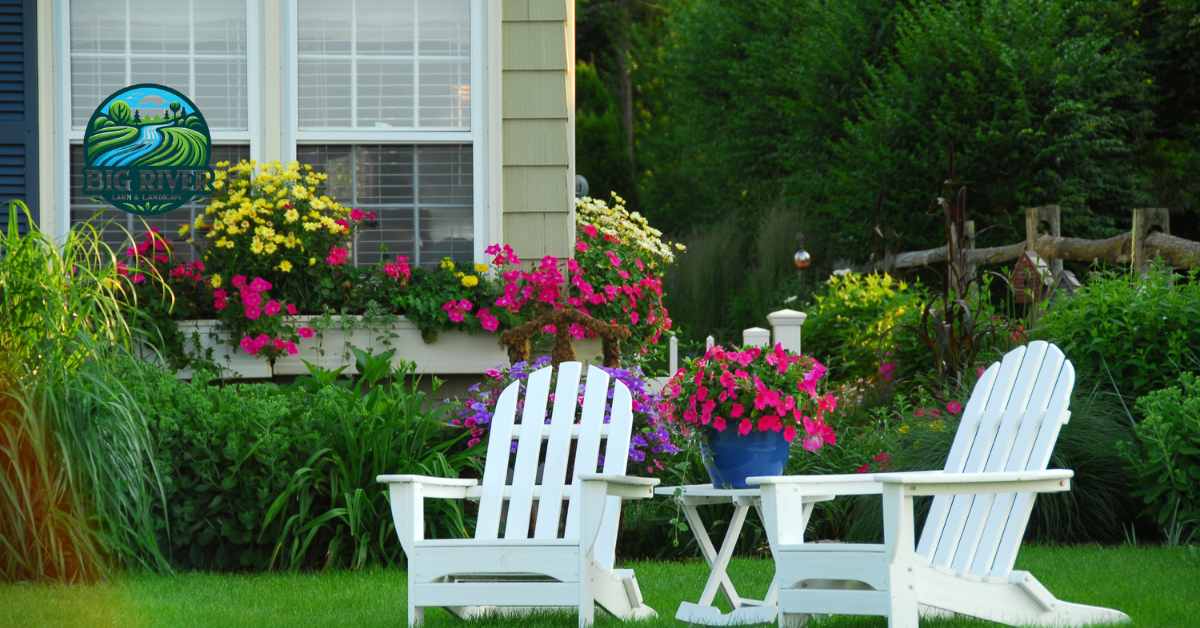Maintaining a sprinkler system is crucial for the health and appearance of your lawn. Our Complete Sprinkler System Maintenance Checklist provides essential steps for the upkeep of your irrigation system throughout the year. From pre-season preparations and spring startup procedures to mid-season maintenance and end-of-season shutdown, this guide covers all the necessary actions to ensure your system functions efficiently and effectively. Regular inspections, cleaning, and adjustments are integral to this process, helping you prevent potential issues and conserve water. Whether you’re a seasoned gardener or new to lawn care, following this checklist will help you manage your sprinkler maintenance with confidence, keeping your lawn lush and vibrant.
Pre-Season Preparation
As the growing season approaches, pre-season preparation is crucial for ensuring that your sprinkler system is ready to function efficiently. This stage involves a thorough inspection of all components, testing the system to identify any operational issues, and checking valves for proper function. These proactive steps help prevent major repairs later, ensuring that your lawn receives consistent and adequate water from the start.
Inspection
Begin your pre-season preparations by inspecting all components of your sprinkler system. Look for any signs of damage or wear in pipes, sprinkler heads, and connections. Checking for leaks or cracks early can prevent more significant issues down the line.
System Testing
Test the entire system to ensure it functions correctly. Activate each zone sequentially to verify that all areas are receiving adequate water coverage and that the sprinkler heads or valves are not malfunctioning.
Valve Check
Ensure all valves are working properly and that they open and close fully. A valve that does not operate correctly can lead to areas of the lawn being over- or under-watered, impacting the health of your grass.
Spring Startup
The transition into spring is critical for your sprinkler system. Gradually activating your system, adjusting sprinkler heads, and updating controller settings are key tasks that help avoid sudden pressure surges that can damage the system. Proper startup ensures that your lawn care regime begins on a high note, with optimal water distribution and efficient resource use.
Gradual System Activation
When starting your system in the spring, do so gradually to avoid sudden pressure changes that could damage it. This slow approach also helps identify any issues that may have arisen during the winter.
Head Adjustment
Adjust the sprinkler heads to ensure they are correctly aligned and distribute water evenly across your lawn. This prevents water waste and ensures that all parts of your lawn receive equal attention.
Controller Settings
Update the controller settings to reflect the current watering needs, which can vary with seasonal weather changes. Setting the timer to water in the early morning can reduce evaporation and wind interference.
Mid-Season Maintenance
Mid-season maintenance is vital to maintaining the efficiency and effectiveness of your sprinkler system throughout the peak usage months. Regular inspections and cleaning of components, along with necessary system adjustments, ensure that your lawn remains lush and healthy. This routine maintenance helps address any issues early, thereby preventing potential damage and conserving water.
Regular Inspections
Continue to inspect your system regularly throughout the season. Look for signs of leaks, broken sprinkler heads, or misalignment.
Cleaning
Clean all sprinkler heads to remove dirt and debris, which can clog the nozzles and affect their efficiency. How to clean sprinkler heads? It involves careful removal of the head and flushing it with water.
System Adjustments
Adjust the system as necessary, especially if weather patterns change or if new landscaping elements have been added. This ensures that all areas are adequately watered without excess.
End-of-Season Shutdown
As the season winds down, preparing your sprinkler system for shutdown is essential to prevent damage during the colder months. System blowout, winterization, and a final inspection are critical steps to ensure that all water is removed from the pipes to prevent freezing and cracking. This process safeguards your system, making it easier to restart when spring rolls around again.
System Blowout
To prevent freezing and cracking in the pipes, perform a system blowout by forcing air through the system to expel any remaining water. This is a crucial step in irrigation system maintenance.
Winterization
Winterize your system by shutting off the water supply and draining all pipes and valves. Lawn sprinkler system maintenance includes protecting external components from freezing temperatures.
Final Inspection
Conduct a final inspection to ensure everything is prepared for the winter months. Address any repairs now to avoid springtime issues.
Year-Round Considerations
Maintaining a sprinkler system is a year-round commitment that requires ongoing attention beyond the regular watering season. Water conservation techniques, considering system upgrades, and sometimes employing professional services are all part of ensuring your system remains at peak performance. These efforts help extend the lifespan of your system and optimize its efficiency, saving both water and money.
Water Conservation Tips
Implement water conservation measures, such as adjusting sprinkler heads for optimal coverage and upgrading to a smart controller that adjusts watering based on weather conditions.
System Upgrades
Consider system upgrades if your system is older or if advancements in technology could significantly improve efficiency. Irrigation maintenance often includes upgrading parts or entire systems to conserve water and reduce costs.
Professional Services
While DIY maintenance is possible, hiring a professional for lawn care and sprinkler system maintenance ensures that your system is thoroughly evaluated and maintained, which can be particularly beneficial for complex systems.
Checklist Summary
A well-maintained sprinkler system saves water, reduces costs, and keeps your lawn in optimal condition. Follow this maintenance checklist regularly to prevent malfunctions and extend the life of your irrigation system.
Sprinkler System Maintenance FAQs
How to Flush Sprinkler System?
Flush your sprinkler system by opening the end caps of the drip tubes and running water through the system to clear out any debris. This should be done at least once a season, especially before the first use.
How to Clean Lawn Sprinkler Heads?
To clean lawn sprinkler heads, turn off the system, remove the heads, and soak them in water mixed with a mild detergent. After soaking, use a small brush to remove any debris from the nozzles.
Why Is Regular Maintenance Important for My Sprinkler System?
Regular maintenance ensures that your sprinkler system operates efficiently, conserves water, and prevents costly repairs or replacements due to neglect.
How Often Should I Perform Maintenance on My Sprinkler System?
Maintenance frequency can vary depending on the system and usage, but generally, a thorough inspection and cleaning should be performed at least twice a year: in spring before start-up and in fall before shutdown.
Can I Perform Maintenance on My Sprinkler System Myself, or Should I Hire a Professional?
While homeowners can perform basic maintenance like cleaning heads and minor adjustments, more complex tasks such as system upgrades or winterization might require the skills of a professional, especially for large or intricate systems.
